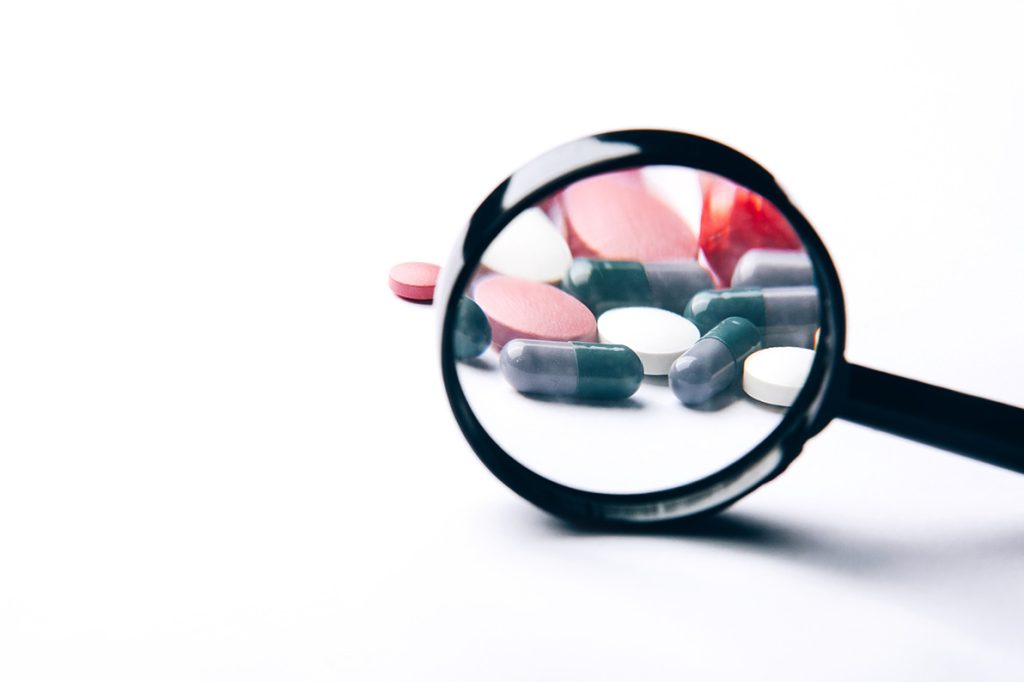As we get old, the human body undergoes fundamental changes – muscle mass, bone mass and hormone levels (especially testosterone) decrease. Between the ages of 50 and 75, muscle mass declines by almost half (2% per year).

Stay healthy!
That’s why physical training is essential even after the age of 50 to keep muscles in form. Muscles enable self-help and therefore self-sufficiency in old age. The decline in muscle strength as we get old is directly proportional to the likelihood of death. The training focus should be on coordination and function (exercises on unstable surfaces) as well as strength and endurance (strength endurance training). That is why so-called functional strength training should be prefered. Genetic testing can now be used to determine whether we are more suited to strength or endurance training, and every older person can adapt their training plan accordingly. For older people, exercises with their own body weight are the main focus, while dumbbells and training machines gradually become less important.
A quality diet should accompany training. It can be determined whether we are people who can digest and process sugar, fats or proteins better. The need for proteins increases with age and cannot be absorbed in sufficient quantities through the normal diet, which is why it is advisable to take nutritional supplements. The adequate supply of fluids is often underestimated; in addition to the muscles, it also has a fundamental effect on the activity of other organs, especially the eyes, kidneys and brain.
In recent years, the fundamental influence of connective tissue on the healing and regeneration of muscles, ligaments, bones and cartilage has been demonstrated. Therefore, nutritional supplements (with collagen, hyaluronic acid and vitamin C) are suitable for older people. The nutritional value of some vegetables such as broccoli, soybeans and grapes is not yet fully exploited. The development of inflammation in the body and thus impaired tissue regeneration is promoted by the consumption of arachidonic acid in food.

Therefore, foods containing this acid (especially sugar, white flour and pork) should be avoided if possible. The energy for the body performance and its regeneration is produced in the cells by the mitochondria. For this reason, in addition to an unhealthy diet, stress and harmful substances (smoking, alcohol) should also be avoided. Caution is also advised when taking certain medications (e.g. statins to lower blood cholesterol levels). Also a high-quality, sufficiently long and regular sleep is essential for good fitness and tissue regeneration in old age. A classic sauna or the newly promoted cryosauna (very low temperature) are very suitable for improving the quality of regenerative processes, too.
If an elderly person condition suddenly deteriorates significantly, for example after an injury and/or surgery, modern devices can be of great help. With their help, the patient can perform exercises (intermittent hypoxia-hyperoxia training – IHHT, balance devices – e.g. Huber 360, walking in a vacuum, etc.) with minimal effort.